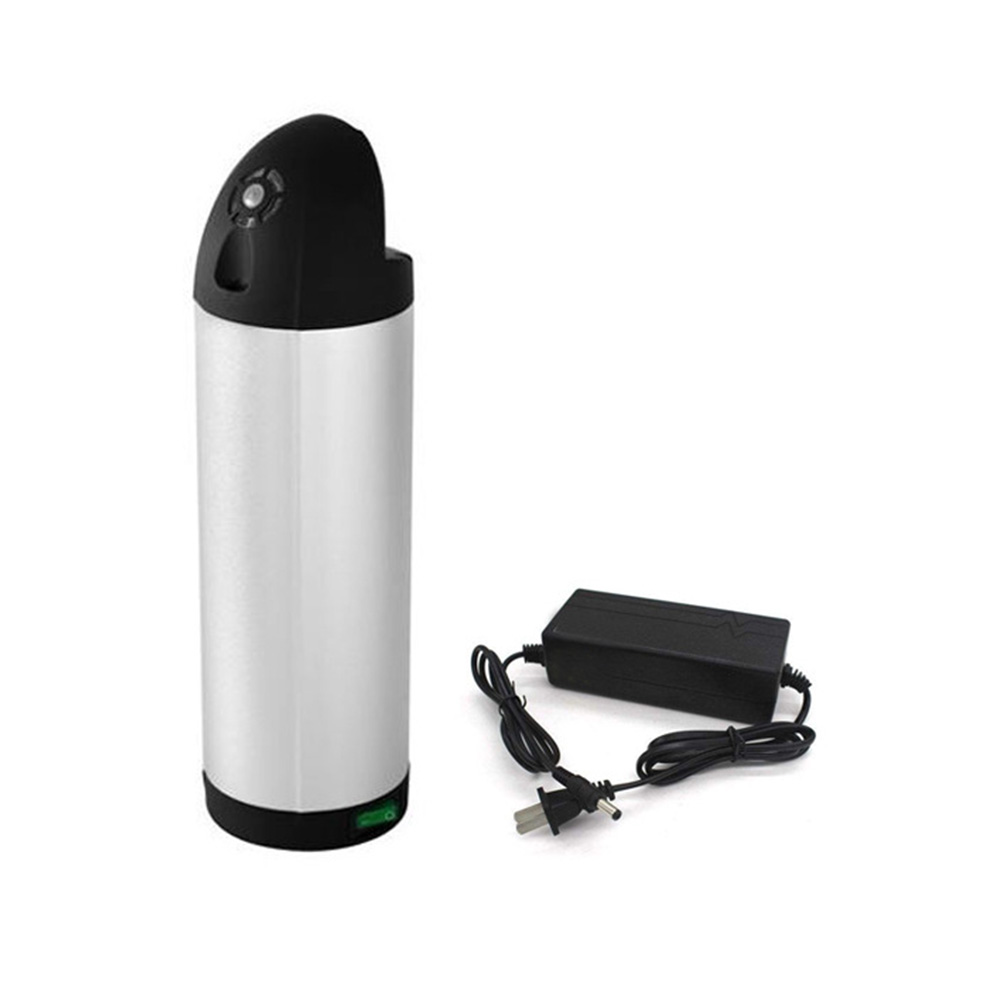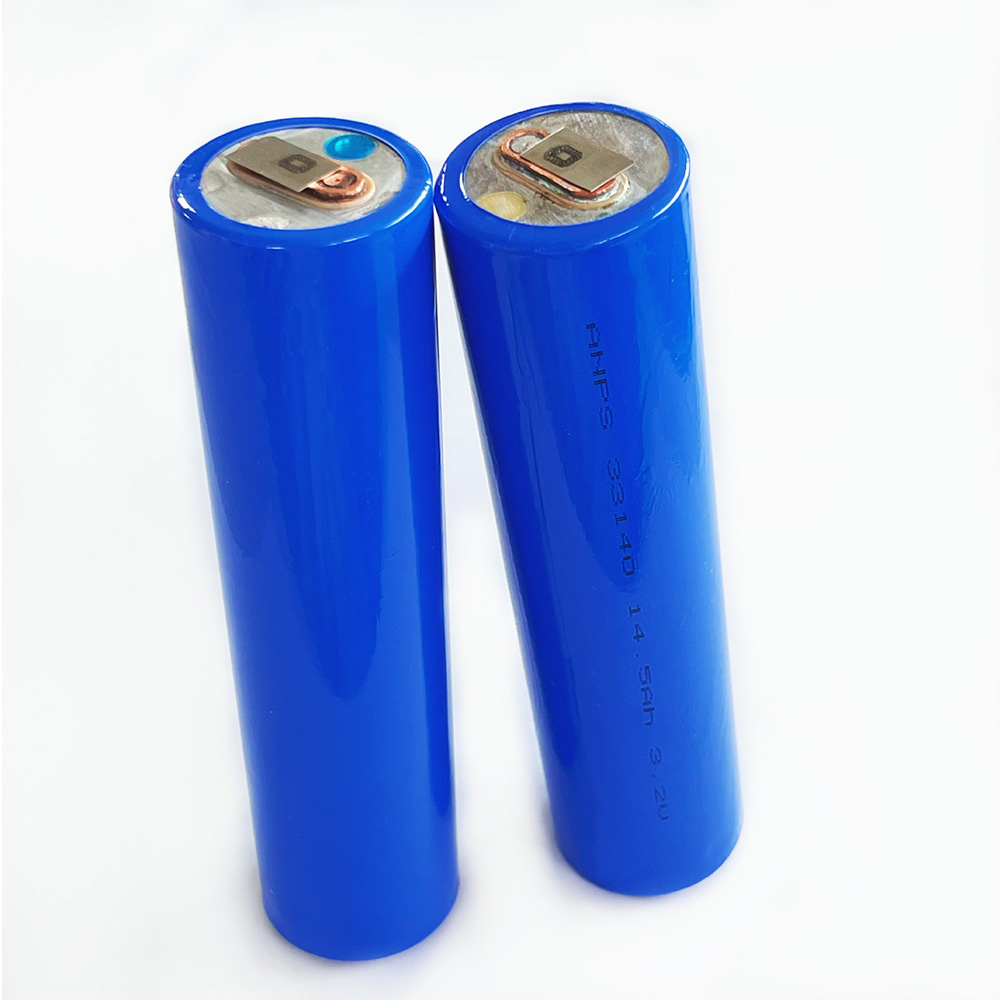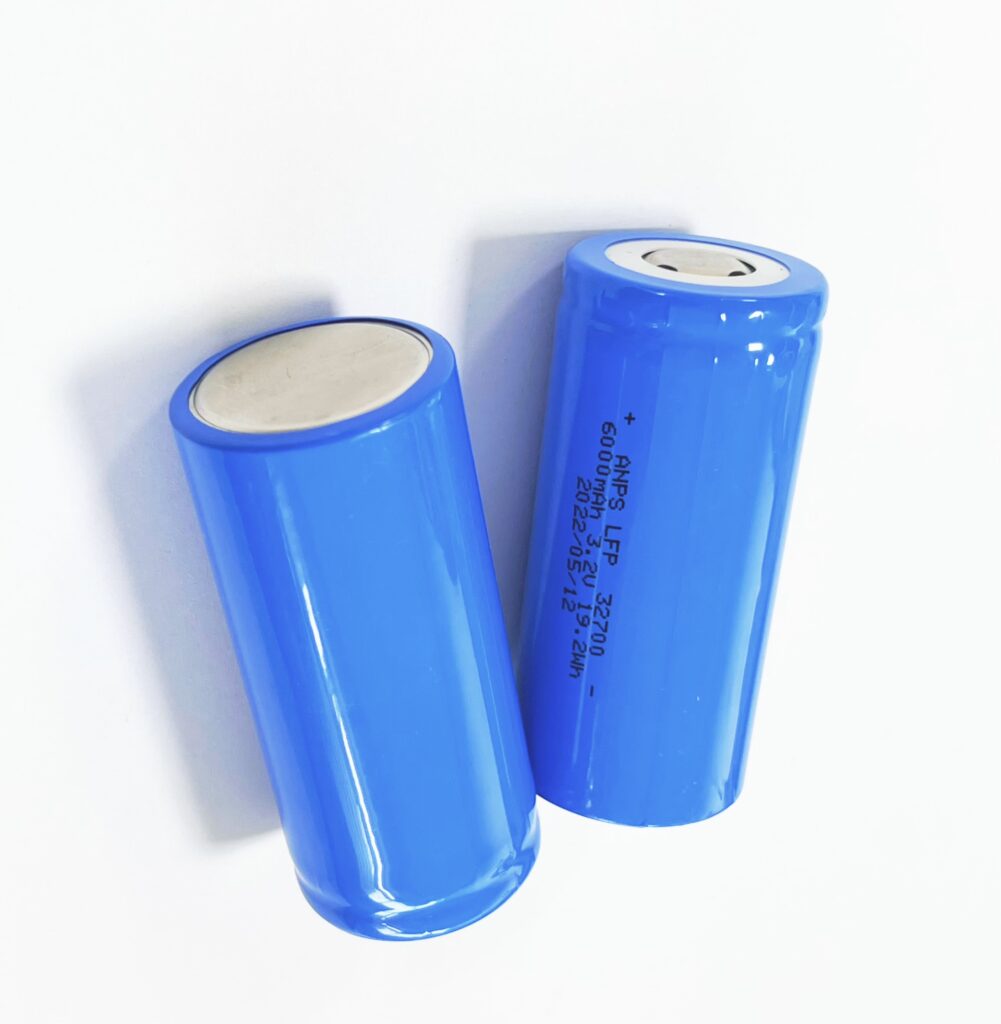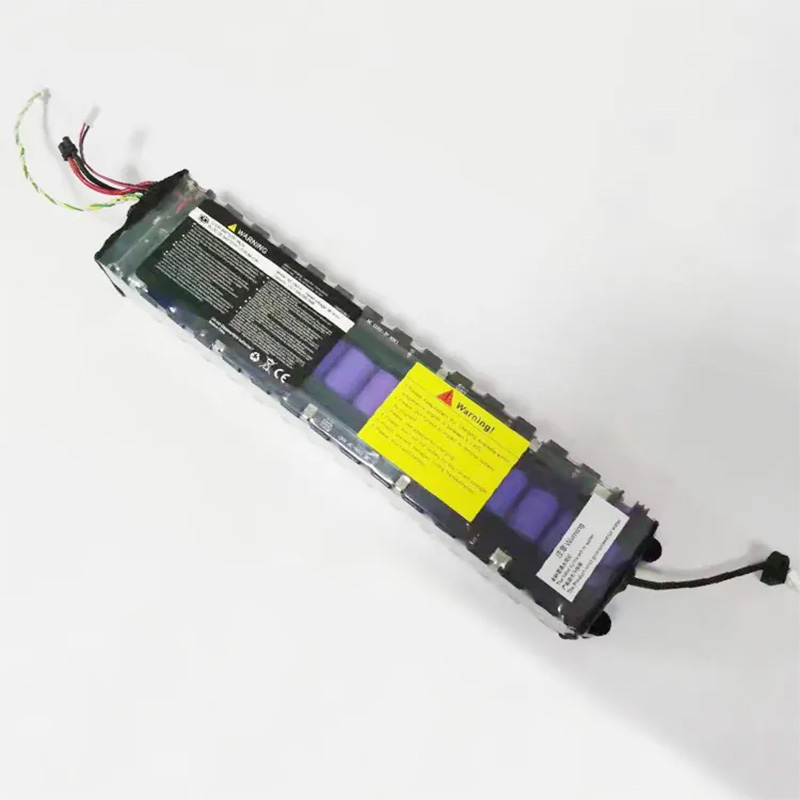Blog
Explore the Power of Lithium Innovation
Stay updated with the latest trends, technologies, and application insights in the world of lithium battery solutions
Search the whole station
Explore the Power of Lithium Innovation
Stay updated with the latest trends, technologies, and application insights in the world of lithium battery solutions
Golf carts are a staple for many who enjoy recreational sports, and at the heart of every golf cart is its battery. While they may look like regular 12V batteries, golf cart batteries are built differently. They are deep-cycle batteries, designed to handle hundreds of charge and discharge cycles, unlike car batteries, which are meant for short bursts of high current. Taking proper care of these batteries can significantly extend their lifespan and keep your golf cart running smoothly.
One of the simplest ways to protect your battery is to charge it correctly. After each outing, don’t just give it a quick top-up—charge it fully. Partial charging over time can gradually reduce the battery’s capacity, ultimately shortening its life. Making a habit of fully charging your battery ensures it stays in optimal condition, ready for your next round on the course.
Corrosion on battery terminals and cable clamps is a silent killer for golf cart batteries. Regularly check these connections for signs of rust or build-up. Cleaning or replacing damaged parts ensures electricity flows efficiently and prevents performance issues. A clean connection is a happy connection, helping your battery deliver power consistently.
Beyond charging and terminal care, a few extra steps can go a long way:
By incorporating these simple steps into your routine, you’ll help your golf cart battery perform better and last longer.
Even with the best maintenance, every battery eventually reaches the end of its life. If your battery struggles to hold a charge, runs out too quickly, or simply isn’t meeting your needs, it’s time to consider a replacement.
Today’s market offers a variety of high-quality 12V golf cart batteries. When selecting a replacement, make sure it matches your golf cart’s specifications. Consulting with your dealer or a professional technician can help you find the right fit and ensure optimal performance.
Maintaining a 12V golf cart battery doesn’t have to be complicated. By fully charging your battery, keeping terminals and cable clamps free from corrosion, checking electrolyte levels, and keeping the battery area clean, you can extend its lifespan and keep your golf cart running reliably. When it’s time for a replacement, choosing the right battery ensures your cart continues to perform at its best. Whether you’re a casual player or a seasoned golf enthusiast, proper battery care is key to enjoying every ride.

High-performance 36V 10Ah water bottle lithium battery for electric bikes. Lightweight 3.5kg, fast charging in 1.5–2 hours, safe & durable with up to 500 cycles. Ideal for commuting and long rides.

Apsenx 33140 LiFePO4 battery cell (14500mAh, 3.2V). High capacity, long cycle life, safe chemistry. Ideal for ESS, EV, UPS, and solar storage.

Reliable 32700 LiFePO4 battery with 6000mAh capacity, 2000+ cycles, and advanced safety features. Perfect for EVs, solar storage, and backup power solutions.

Durable 36V 6600mAh electric scooter battery with 500+ cycles. High energy density, fast delivery, OEM/ODM customization. Perfect M365 replacement.
Explore the latest developments in lithium battery technology, including solid-state batteries, improved safety, higher energy density, and sustainable alternatives.
View detailsDiscover the advantages and applications of 37V and 48V lithium-ion battery packs. Learn about wholesale options, customization, and technological advancements in Li-ion batteries.
View detailsExplore the applications and advantages of 20Ah solar cells in wearable devices, IoT systems, ambient lighting, and small battery charging, offering efficient and sustainable energy solutions.
View detailsExplore the factors affecting lithium-ion battery performance in cold environments, including electrolytes, cathode and anode materials, and low-temperature optimization strategies. Learn how research addresses capacity, safety, and cycling challe...
View details
HelloPlease log in